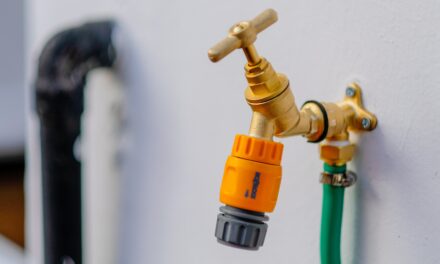Green living is becoming increasingly popular around the world, and with good reason. Going green makes the world a better place while also helping to reduce your carbon footprint and save money in the long run. But while eco-friendly lifestyles can be beneficial and cost-effective, they’re not always affordable. That’s why it’s important to learn how to make your home eco-friendly without breaking the bank.
Making your home eco-friendly doesn’t have to be expensive. In fact, there are plenty of simple, cost-effective ways to make your home more sustainable and energy-efficient. Here are some tips for living green on a budget:
1. Invest in energy-efficient appliances and lightbulbs.
Investing in energy-efficient appliances and lightbulbs is one of the best ways to reduce your energy consumption and save money on your electricity bill. Look for products with the Energy Star label, which indicates that they have been tested and approved as energy-efficient. Additionally, look for appliances and lightbulbs that are designed to last longer and use less energy.
2. Unplug electronics and appliances when not in use.
Even when electronics and appliances are turned off, they still draw energy from the power outlet. To reduce your energy consumption, make sure to unplug electronics and appliances when not in use. This is especially important for devices like TVs and computers, which use a lot of energy even when they’re not in use.
3. Lower your thermostat.
Lowering your thermostat is one of the easiest and most cost-effective ways to reduce your energy consumption. For every degree you lower your thermostat in the winter, you can save up to 3 percent on your heating bill. Additionally, try to keep your thermostat at a consistent temperature to prevent your furnace from turning on and off too often.
4. Use natural light.
Using natural light is a great way to reduce your energy consumption, as well as save money on your electricity bill. Keep your windows and blinds open during the day to let in as much natural light as possible. Additionally, try to use task lighting rather than overhead lighting, as this will help to reduce your energy consumption.
5. Choose sustainable materials.
When remodeling your home, look for sustainable materials like bamboo, cork, and recycled plastics. These materials are not only more sustainable, but they’re also often more affordable than traditional materials. Additionally, look for furniture and decor that are made from reused or repurposed materials, as this will help to reduce your environmental impact.
Living green doesn’t have to be expensive. By following the tips above, you can make your home eco-friendly without breaking the bank. Investing in energy-efficient appliances and lightbulbs, unplugging electronics and appliances when not in use, lowering your thermostat, using natural light, and choosing sustainable materials are all great ways to reduce your energy consumption and save money in the long run.










